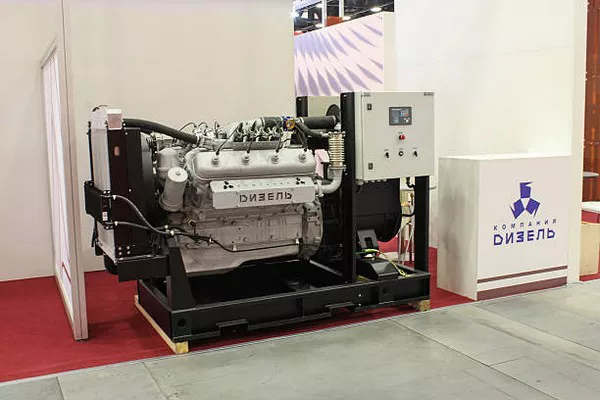When it comes to ensuring your home remains operational during power outages, a home generator can be a lifesaver. Whether it’s due to a severe storm, equipment failure, or other unforeseen circumstances, having a reliable generator can keep your essential appliances and systems running smoothly. However, choosing the right size generator for your home is crucial to ensure it meets your power needs without overloading or underperforming. In this article, we will guide you through the process of determining what size home generator you need to keep your household comfortable and functional during power interruptions.
Assess Your Power Requirements
The first step in selecting the appropriate size of a home generator is to assess your power requirements. Start by creating a list of the essential appliances and systems you want to power during an outage. These may include lights, refrigerators, heating and cooling systems, water pumps, sump pumps, and electronic devices. Note down the wattage or amperage of each appliance and system.
It’s important to distinguish between two types of electrical loads when determining your power requirements:
1. Starting (Surge) Power: Some appliances and equipment, like refrigerators and air conditioners, require extra power when starting up. This initial power surge is higher than their continuous running power, and your generator must be able to handle it.
2. Running (Continuous) Power: This is the steady power consumption of appliances and systems when they are operating under normal conditions.
Calculate the Total Power Requirements
Once you have a list of appliances and their respective wattages or amperages, you can calculate the total power requirements for your home. To do this, add up the running power of all the appliances and systems you wish to power during an outage. Additionally, consider the starting power requirements of appliances with motors (e.g., air conditioners, refrigerators, and well pumps) and add these values to the total. It’s crucial to account for all your essential loads accurately.
Sizing Your Generator
Now that you know the total power requirements, you can start sizing your home generator. Generators are rated by their power output in kilowatts (kW) or amperage (amps). To select the right generator size, you have a few options:
1. Whole-House Generator: If you want to power your entire house during an outage, you should select a whole-house generator. These generators typically have a higher power output and can provide electricity for all your essential loads. For homes with a high wattage requirement, a whole-house generator is the best choice.
2. Essential Load Generator: If you are concerned mainly with keeping your essential loads operational during an outage, an essential load generator may be a more cost-effective solution. This type of generator is designed to power specific circuits in your electrical panel, ensuring critical systems like the heating and cooling, refrigeration, and lighting remain functional.
3. Manual Transfer Switch: You can also opt for a manual transfer switch with a portable generator. This allows you to select which circuits to power during an outage. While this solution is more budget-friendly, it requires manual intervention to start the generator and switch the selected circuits.
Selecting the Right Generator Size
Choosing the right generator size is crucial to ensure reliable power during an outage without overloading the generator. Here are some general guidelines to help you make your selection:
1. Whole-House Generator: If you opt for a whole-house generator, it’s essential to size it correctly. In most cases, a 22kW or 24kW generator should be sufficient for the average-sized home. However, if your home has a higher wattage requirement due to multiple air conditioners, electric heating, or other power-hungry appliances, you may need a larger generator.
2. Essential Load Generator: An essential load generator typically ranges from 7kW to 20kW. The size you need depends on the number and power requirements of the circuits you want to keep operational. It’s a good idea to consult with a professional to determine the appropriate size for your specific needs.
3. Manual Transfer Switch with Portable Generator: The size of the portable generator you need will depend on the total power requirements of the selected circuits. Make sure to choose a generator that can handle the starting power surges of your essential loads without overloading.
Professional Assistance
Determining the right generator size for your home can be a complex process. If you are unsure about your calculations or have unique power requirements, it’s highly recommended to consult with a qualified electrician or generator expert. They can perform load calculations, consider your local climate conditions, and help you choose the right generator size to meet your needs effectively.
Conclusion
Selecting the right size home generator is essential for ensuring your household remains functional during power outages. By accurately assessing your power requirements, understanding the difference between starting and running power, and consulting with professionals, you can make an informed decision about the generator size that best suits your needs. Whether you choose a whole-house generator, essential load generator, or a portable generator with a manual transfer switch, the goal is to maintain your comfort and safety when the lights go out. Make sure to invest in the appropriate generator size to guarantee reliable and uninterrupted power for your home.


